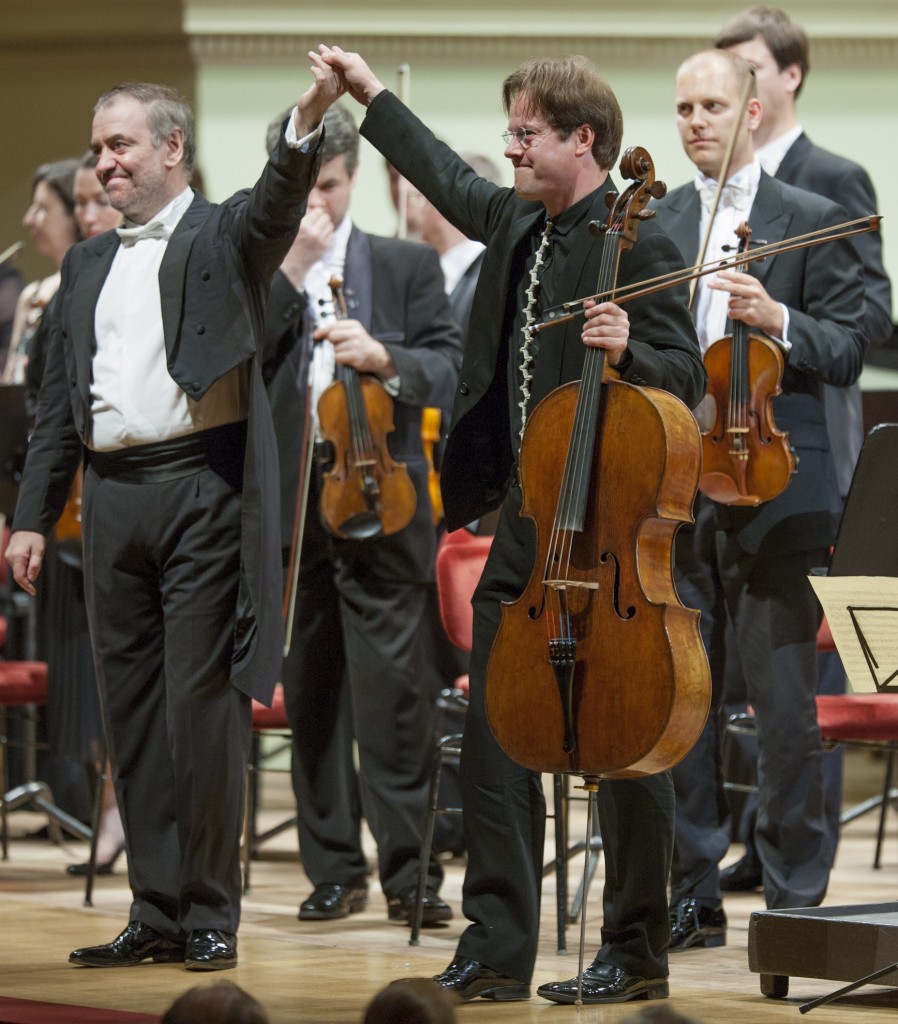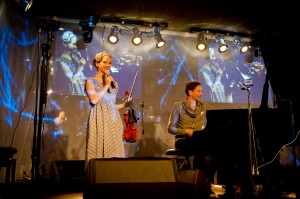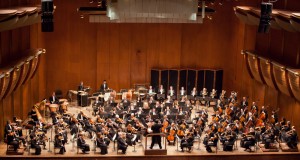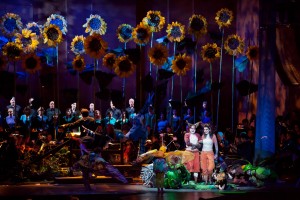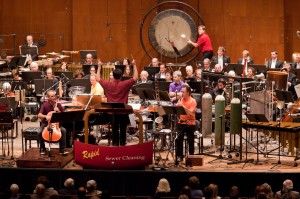By: James Jorden
Our old friend Heather Mac Donald is back, ostensibly to mourn the loss of “Petrarchan intimacy with the past“ in the study of the humanities, but, reliably enough, she can’t help taking a swipe at Regietheater while she’s at it.
Now, my contact with academia has been scarce and spotty since I last took a graduate course in… well, I don’t remember the year precisely, but I do know that everyone was talking about this controversial new pop singer called Madonna, so the math is easy enough to do. So, like the unreconstructed opera queen that I am I’ll skip over the dull bits of Mac Donald’s rant to get the juicy stuff. Let’s see, “…nudity and kinky sex on stage, as well as cell phones, Big Macs, and snide put-downs of American capitalism…. the detritus of consumer culture… sluts, psychopaths, and slobs…” Ah, here we are:
As the director of the Frankfurt opera declared, no one should care what Handel wanted in his operas; what matters is “what interests us… what we want.” Actually, the only thing that matters is what Handel, Mozart, and Tchaikovsky wanted.
Well, Christ only knows what “the director of the Frankfurt opera” was actually talking about, and I’m hardly going to get into whole thing of trying to parse the meaning of an badly attributed, unsourced translated quotation taken out of context. No, I’d prefer to examine Ms. Mac Donald’s reaction.
She says, “Actually, the only thing that matters is what Handel, Mozart, and Tchaikovsky wanted.” But how does she know what Handel, Mozart, and Tchaikovsky wanted? For that matter, how can anyone know what Handel, Mozart, and Tchaikovsky wanted?
Without the application of the art of necromancy, what these gentlemen “wanted” is purely a matter of conjecture. I have always thought that one of the most poisonous and destructive rationalizations in common use is “He would have wanted it that way.” This sentence almost invariably means, “Never mind what he wanted, I want it that way, and I’m willing to drag a corpse into the argument to prevent you from answering me.”
We have at best an imperfect and partial idea of what this or that composer “wanted,” particularly in regard to the dramatic presentation of their opera. We may have some documentation on what the composer allowed in his own time, assuming he had control over his work. So far as we know, Mozart or Handel took no direct control over the staging and design of their operas. So do we decide from that negative information that they had no interest in how their operas were produced as theater, or do we assume that under different conditions they might have taken an active interest?
If there is documentary evidence of how Tchaikovsky wanted his operas staged, I’m not familiar with it. I don’t read Russian, and I’m unfamiliar with any of his letters or other writings available in translation in which he addresses issues of stagecraft relative to his operas. So for the purposes of this argument, I’m going to turn to two composers whose voluminous writings are widely available, and who clearly did take an active interest in how their operas were staged.
The letters of Giuseppe Verdi include many suggestions as to how his operas should be presented theatrically, though his ideas generally seem to be more derivative than original. For example, he saw or heard of a stage effect used in British productions of Shakespeare’s Macbeth, a way of presenting Banquo’s reappearance as the ghost at the banquet, and he insisted that this effect be duplicated in the first production of his opera.
But what does that practical detail reveal to us of Verdi’s broader philosophy of how his operas should be staged? He chooses a technique that is tried and true and insists it should be applied, from which we may infer that his approach to opera staging is fairly conservative. On the other hand, he does not borrow his idea from a practice standard in the Italian opera houses of his time, or even from Italian spoken theater. No, his taste was eclectic and practical: if it had been effective in London for 200 years, it should be effective in Florence. This kind of open-minded approach suggests that Verdi might have been to say, “do whatever is effective, never mind about tradition.” That’s the opposite of “conservative.”
So was Verdi conservative or not? What did Verdi want? About the only answer we can reliably come up with is, “he wanted a good show.”
Given Richard Wagner’s enormous output of theoretical writings, we ought be able to come up with an answer to the question, “what did Richard Wagner “want?” If only it were that easy! Wagner’s thinking was bewilderingly polymathic, and so reading even his “practical” pieces, his instructions on how he wanted his operas to be produced, leads to a kind of sensory overload. He talks about cuts, about tempo, about scene-painting, about choreography, about declamation. In the space of a single sentence he jumps from step-by-step instructions on how to beat time in a tricky passage to a high-flown psychological and philosophical analysis of the character of Tannhäuser.
But, stepping back at a distance of more than a century, there are some generalizations we can make. One in particular is striking. Even as early as 1852, Wagner’s notion of the task of the operatic stage director is radically modern, decades ahead of what even the most avant-garde theaters in Europe were then putting into practice.
Theater history ordinarily credits Georg II, Duke of Saxe-Meiningen as the prototype of the modern theater director. Wagner knew Saxe-Meiningen’s work but it’s problematic to say that he was influenced by it; rather, the composer and the nobleman indepently arrived at convergent conclusions. Their vision of theater was director-based, under the control of a sort of production czar whose vision informed every aspect of the production: costumes, scenery, blocking, lighting, sound effects, even the widely-derided notion of completely darkening the auditorium during the performance.
At the time these two artists were active, their form of director-driven theater was the most avant-garde concept imaginable, a style of production that frankly most audiences found bewildering, at least at first. So what, then, can we say Wagner “wanted?” Was he striving for a hodgepodge of minutely detailed psychological naturalism with tatty pantomime visual effects (as the first production of the Ring turned out to be)? Or was Wagner’s goal rather to create a truly modern theatrical experience, a production so vivid and powerful that the audience would apprehend it as a sort of waking dream?
Well, the thing is, we don’t know. But in the meantime, here are these masterpieces that don’t exist until they are performed. I prefer to think that Wagner and Verdi and Mozart and even Tchaikovsky would prefer to have their operas performed as opposed to unperformed. And when those works are performed, I would hope that the creators would want each new production to be done thoughtfully and creatively, not simply following a rote formula determined by tradition.
Every opera production needs to make a case for itself: does it communicate with the specific audience is is targeted to? That production may look like something Mozart or Verdi or Wagner would recognize or it may not, but the deciding factor should not be the imagined whims of someone who died long before any of us were born.
Or, worse, the expressed whims of a Heather Mac Donald.
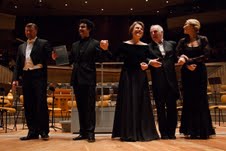
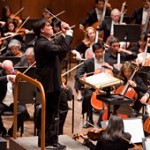
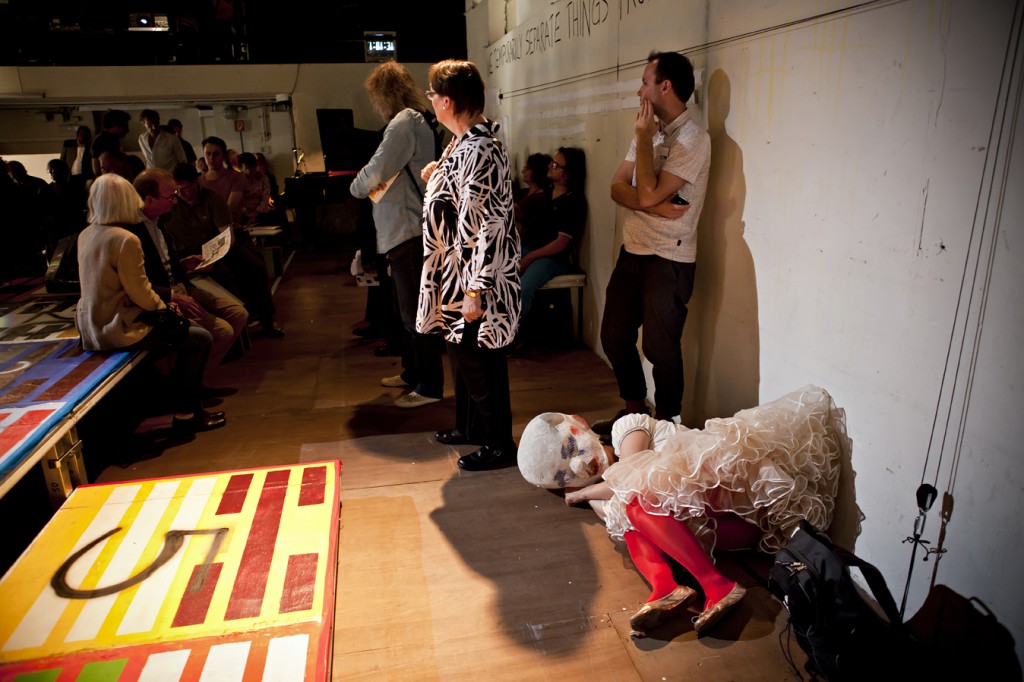
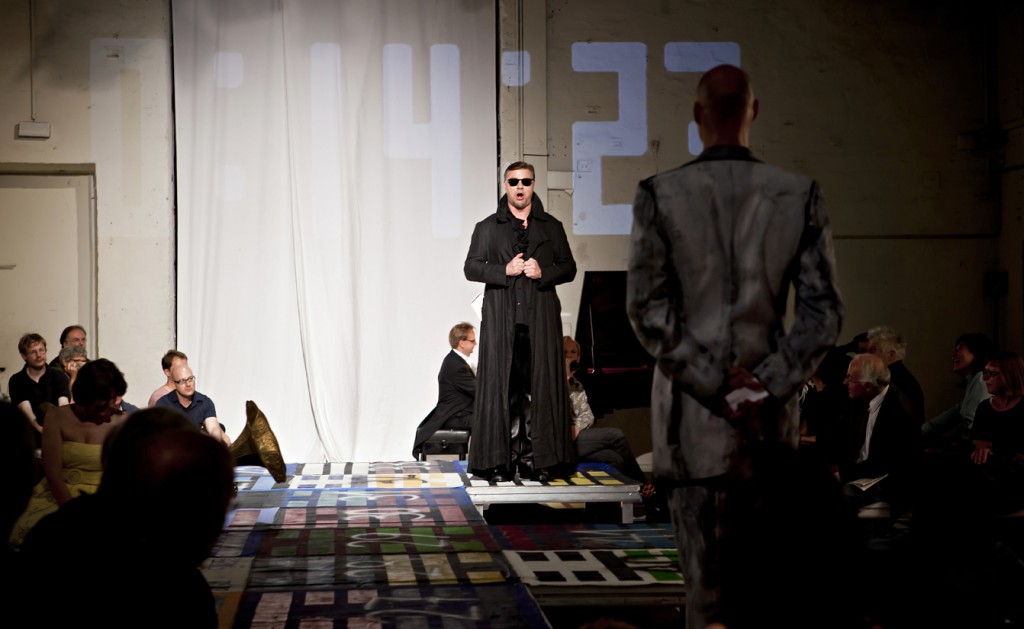
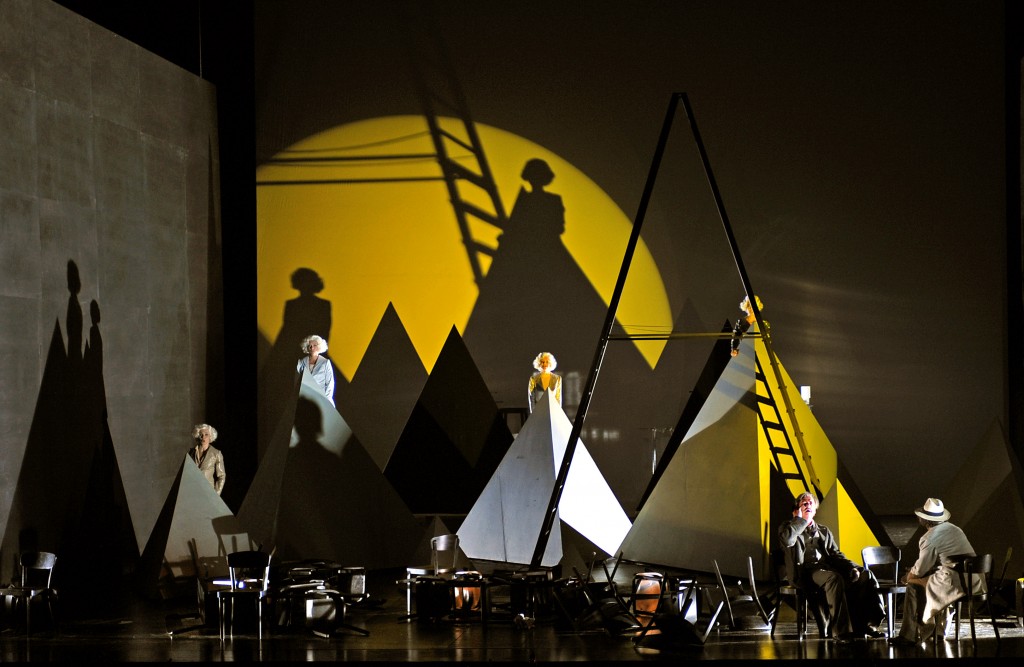
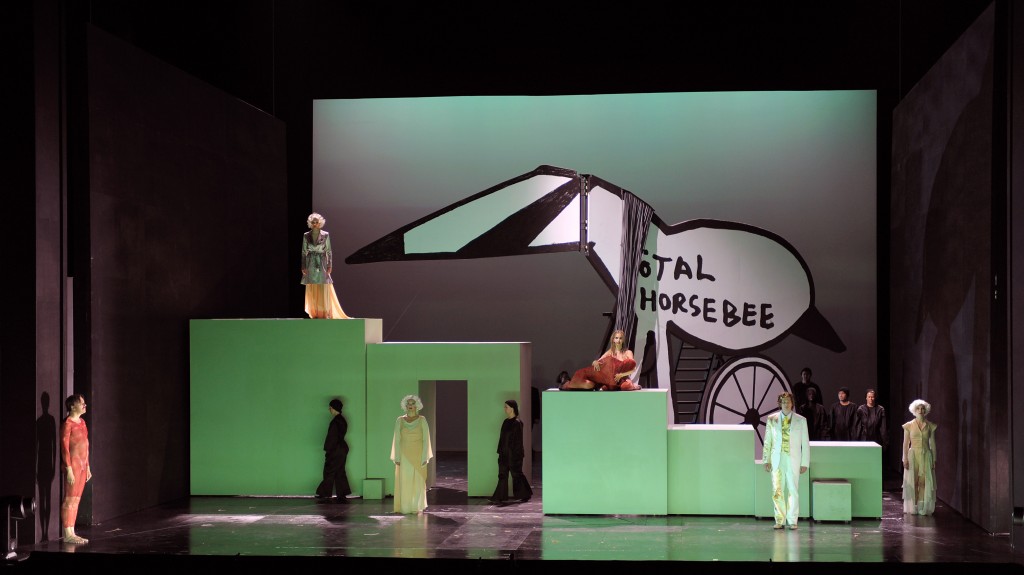
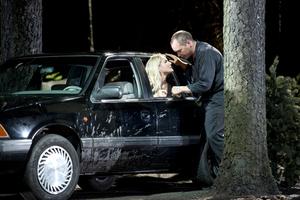
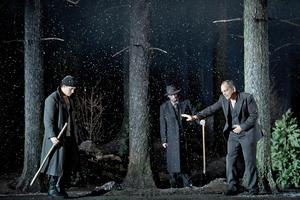
MatthiasCreutziger.jpg)
